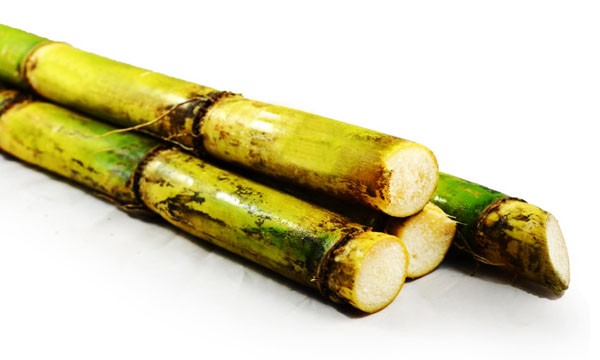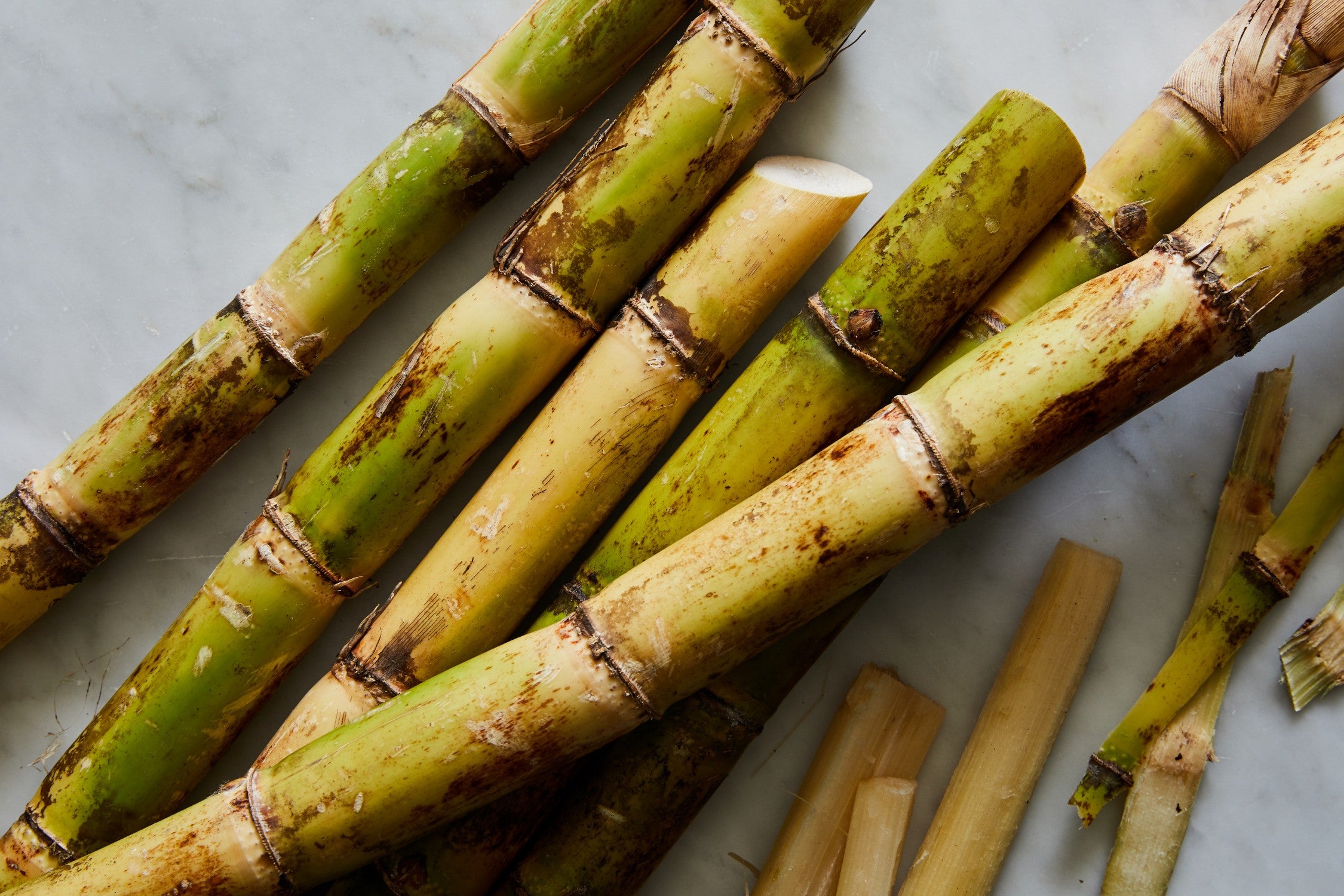The Journey of Cane Sugar Processing: From Harvest to Crystals
The Journey of Cane Sugar Processing: From Harvest to Crystals
Blog Article
Exploring the Comprehensive Steps Associated With Cane Sugar Handling From Gathering to Refinement
The procedure of walking stick sugar manufacturing encompasses a collection of elaborate steps, beginning with the cautious harvesting of sugarcane and finishing in the improvement phases that guarantee the final item meets market requirements. Each stage, from the extraction of juice to the filtration and condensation processes, plays an important duty in figuring out the high quality and character of the sugar.
Gathering Sugarcane
Collecting sugarcane is an important action in the cane sugar processing chain, as it directly affects the high quality and yield of the end product. Appropriate timing and techniques are essential during this phase to guarantee ideal sugar content and reduce losses. Typically, sugarcane is collected when it gets to maturity, usually 12 to 18 months after planting, characterized by a high sucrose focus.

Post-harvest, the sugarcane must be refined quickly to stop sucrose destruction. Preferably, harvested walking cane should be transported to refining centers within 24 hr to preserve sugar high quality. Therefore, effective logistical planning is critical to maintain the stability of the collected crop throughout the supply chain.
Removal Refine

The crushed walking cane goes through a collection of pushing procedures to make best use of juice recovery. Generally, warm water is splashed onto the crushed walking cane, creating a countercurrent circulation that helps liquify the sugar while also helping in the extraction procedure. The juice gathered from this procedure consists of not only sugar but also different natural substances and impurities.

To boost removal effectiveness, some centers might employ diffusion approaches, where the sugarcane is saturated in warm water, permitting the soluble sugars to diffuse right into the fluid. The resulting juice, rich in sucrose, is after that routed to succeeding handling phases, laying the foundation for filtration and improvement. The extraction process is hence essential in figuring out the quality and yield of the last sugar product.
Purification Methods
The filtration strategies used in walking stick sugar handling are necessary for transforming the raw juice right into a top notch sugar item. These methods largely aim to eliminate impurities, such as soil, plant materials, and not natural materials, which can adversely affect the end product's flavor and color.
This procedure entails including lime and warmth to the raw juice, which assists in the coagulation of contaminations. In addition, the usage of phosphoric acid can boost the information process by further binding pollutants.
One more considerable strategy is carbonatation, where co2 is presented to the made clear juice. This response generates calcium carbonate, which catches continuing to be pollutants and promotes their removal.
Moreover, activated carbon treatment might be related to adsorb any kind of staying colorants and organic impurities, guaranteeing a more refined item. The combination of these approaches efficiently prepares the sugar juice for subsequent actions in the refining procedure, setting the phase for the manufacturing of top quality walking cane sugar.
Crystallization Approaches
After the filtration phase, the following essential action in walking stick sugar processing entails crystallization approaches, which play a pivotal role in changing the made clear juice into strong sugar. This procedure usually uses 2 main techniques: spontaneous crystallization and controlled condensation.
In spontaneous formation, supersaturated sugar services are permitted to cool down naturally, leading to the formation of sugar crystals with time. This method is less complex but might cause unequal crystal dimensions and reduced pureness degrees. On the various other hand, controlled formation is an extra precise method where concentration, temperature level, and seeding agents are thoroughly handled. This approach permits the consistent growth of sugar crystals and greater purity.
During condensation, the clarified juice is concentrated with evaporation, raising its sugar material until it gets to supersaturation. As soon as this factor is accomplished, either approach can facilitate the crystallization procedure. Cane Sugar Processing. The resultant sugar crystals are after that divided from the staying syrup with centrifugation
Inevitably, the choice of formation approach affects the quality, size, and pureness of the last sugar product, making this step vital in the overall walking stick sugar processing procedure.
Refinement and Product Packaging
How can the pureness and top quality of walking stick sugar be better enhanced after condensation? The improvement procedure plays a vital function in accomplishing high-quality cane sugar.
Next, the sugar is subjected to a process called centrifugation, where it is spun at high speeds to divide the detoxified sugar crystals from the continuing to be fluid. After centrifugation, the sugar is usually further improved through an approach called carbonization or phosphatation, which makes use of activated carbon or phosphoric acid to get rid of shade and off-flavors.
Once improved, the sugar is dried to achieve the desired moisture web content, guaranteeing that it continues to be steady during storage space and transportation. The last step includes product packaging the refined sugar in moisture-proof and impermeable containers to preserve its high quality and stop contamination. Cane Sugar Processing. Appropriate product packaging not just extends rack life but likewise promotes address very easy handling and distribution, making certain that customers receive sugar that meets the highest requirements of pureness and quality
Conclusion
The detailed actions involved in cane sugar handling, from the careful harvesting of sugarcane to the complex improvement and packaging phases, highlight the importance of each phase in making certain high-grade sugar production. Optimum harvesting methods, effective extraction approaches, and extensive purification procedures jointly contribute to the end product's purity and stability. The condensation and subsequent product packaging methods further boost the stability and service life of the sugar, highlighting the intricacy and precision fundamental in this necessary agricultural market.
The process of walking stick sugar production encompasses a series of intricate steps, beginning with the mindful harvesting of sugarcane and culminating in the improvement stages that ensure the last item satisfies sector criteria. Ideally, gathered walking cane must be moved to processing facilities within 24 hours to preserve sugar top quality.In spontaneous formation, supersaturated sugar services are permitted to cool down naturally, leading to the development of sugar crystals over time - Cane Sugar Processing. The improvement process plays an important role in accomplishing top notch cane sugar.The comprehensive steps entailed in walking cane sugar handling, from over here the precise harvesting of sugarcane to the complex improvement and product packaging phases, emphasize the value check over here of each phase in ensuring high-grade sugar production
Report this page